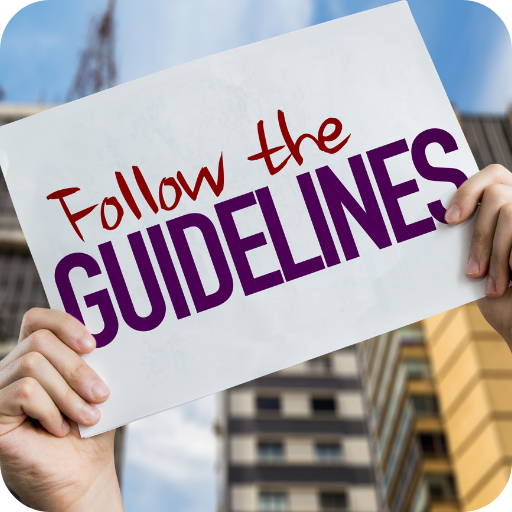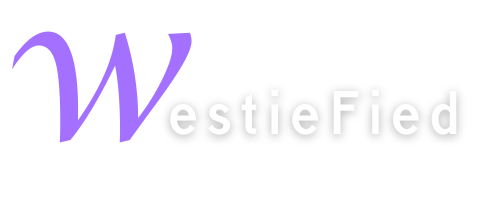As your community grows, it’s important to establish some basic guidelines that help set the tone and keep things running smoothly. Guidelines aren’t about policing or being overly strict—they’re about setting clear expectations so everyone knows what’s up and can enjoy the dance experience. Here’s how to establish community guidelines that keep your events fun, inclusive, and drama-free.

Why Guidelines Matter
Think of guidelines as your community’s code of conduct. They ensure everyone feels safe, respected, and part of the group. Without them, it’s easy for misunderstandings, awkward moments, or even conflict to arise. Clear guidelines help prevent these issues by laying out what’s expected on and off the dance floor.
Guidelines don’t need to be complicated or long-winded. The goal is to keep things simple, clear, and focused on creating a positive environment where people can connect, dance, and have fun.
Key Areas to Cover in Your Guidelines
Here are some basic areas to consider when setting up your community guidelines:
Dance Floor Etiquette: The dance floor is where all the magic happens, but it can also be where things get messy if people aren’t on the same page. Here are some basic dance floor rules to keep everyone grooving:
Be Aware of Space: WCS is a slot dance, meaning dancers move in a straight line. Be mindful of your surroundings and avoid cutting across other dancers’ slots. Keeping your space helps avoid collisions and keeps the flow going.
No Back-Leading: This one’s mainly for followers but goes both ways. Allow your partner to lead or follow without trying to take over. It’s about dancing together, not against each other.
Say Yes, but Also Say No: Feel free to ask anyone to dance, but also respect that “no” is a complete sentence. People might not be up for a dance for many reasons, and that’s okay. Likewise, if you’re turning down a dance, a polite “no, thank you” is all you need.
Keep It Clean: This one’s about hygiene. Dancing is up close and personal, so a little effort goes a long way. If things get sweaty, fresh breath, deodorant, and a change of shirt can make a huge difference.
Inclusivity and Respect: WCS is all about connecting with others, which means ensuring everyone feels welcome, regardless of their skill level, background, or anything else. Your community should be a place where all dancers feel respected and included.
Diversity Matters: Encourage an atmosphere that embraces dancers of all ages, genders, races, and abilities. WCS is for everyone, and your guidelines should reflect that inclusivity.
Respect Boundaries: Physical and personal boundaries are key. Be mindful of your partner’s comfort level, and keep the dance appropriate for both of you. If someone’s doing something that makes you uncomfortable, it’s okay to step back and communicate that clearly and respectfully.
Zero Tolerance for Harassment: Make it clear that your community has zero tolerance for harassment—inappropriate comments, unwanted physical contact, or anything else that crosses the line. Everyone deserves to feel safe and respected at your events.
Handling Feedback: Feedback can be a great tool for improving your dance, but it’s all about timing and delivery. Here’s how to keep feedback helpful, not hurtful:
Ask First: Before offering feedback to your partner, ask if they’re open to it. Some dancers are eager for tips, while others want to enjoy the dance without critique. Respect their choice.
Keep It Positive: If you give feedback, keep it constructive and kind. Focus on what’s working and suggest improvements in a friendly way. Remember, we’re all here to learn and grow.
Take Feedback Gracefully: On the flip side, be open to receiving feedback. If someone gives you a tip, listen and take it in stride. It’s not personal; it’s just part of learning and improving.
Creating a Supportive Environment
Your community guidelines should foster an environment where dancers feel supported, whether new to WCS or seasoned pros. Here’s how to make that happen:
Cheer Each Other On: Celebrate each other’s progress and successes. A simple “great job” or “you’re improving” can boost someone’s confidence and make them feel like part of the group.
Be Patient with Beginners: Everyone was new at some point, and beginners are the future of your community. Offer help when appropriate, but be kind, patient, and encouraging.
Handle Conflicts Calmly: If conflicts arise—and they might—encourage a calm, direct approach to resolving them. Private, respectful conversations usually work best. Avoid airing grievances publicly or letting small issues fester into bigger ones.
Sharing and Reinforcing Your Guidelines
Once you’ve established your community guidelines, ensure they’re easily accessible. Post them on your community’s website, social media pages, and at events where dancers can see them. A quick mention at the start of an event, or including a short version in your announcements, helps reinforce them without being overbearing.
Guidelines are most effective when they’re seen as part of your community’s culture, not just rules to follow. Lead by example, and encourage your leadership team and regulars to model these behaviors. Everyone on board will make your events more fun, welcoming, and drama-free.
Keeping the Vibe Positive
When everyone knows what’s expected and feels safe, your WCS events will run smoother, and your community will thrive. Establish clear, simple guidelines, communicate them well, and watch as your dance floor fills with smiles, laughter, and great connections.
